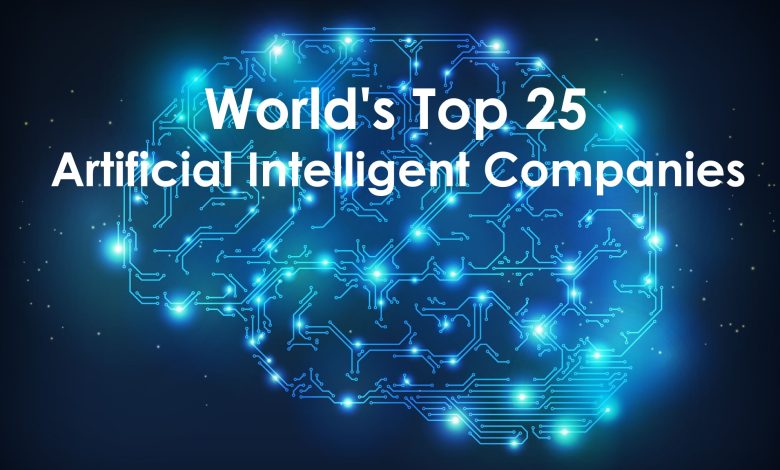3 Best Practices of the Best AI Companies

Artificial intelligence companies help businesses modernize their data architecture and extract the hidden value of their data with analytics and machine learning techniques Best AI Companies.
Usually, the top tech companies in artificial intelligence engage directly with customers across industries to help them with data-driven solutions.
Data teams in artificial intelligence companies have adopted different approaches to formulate data strategies.
Typically, the teams made such decisions over time and developed a thinking process that revolves around technology stacks: data warehousing, data engineering, streaming real-time data science, and machine learning.
From a broader perspective, such companies think about use cases, decision-making processes, and business problems.
In this article, we outline the best practices of the best and most successful artificial intelligence companies:
Adoption of a Data-Centric Approach
Such companies look for high-quality data, critical for analytics, especially for artificial intelligence applications, enabling data-driven decision making. The companies realize that data will be the key to decision making in the future.
With the predominance of use cases, such as personalization, forecasting, and churn analysis, most industry participants regard artificial intelligence as the industry’s future.
Businesses today have gone far from just wanting to know what has happened. Instead, they ask why that has happened, paving the way for data-driven predictions and influencing future business decisions.
If you look around the global business landscape, you will see numerous reputed companies using data to develop advanced analytics and deliver advanced capabilities and modernize the existing ones.
It will not be an exaggeration to say that the impact of artificial intelligence has only started. And, you will see a massive increase in the usage of artificial intelligence to redefine customer experiences.
Adoption of Open Standards
Today, many business leaders like to adopt open standards and formats in their data architectures.
But, there is a challenge–many industry participants strictly regard’ open’ as open-source. And, that is not true.
When businesses gain access to an open-source engine, two spontaneous questions arise–how to extract the services? And how to get the relevant support?
Business leaders generally agree upon three common aspects to describe what ‘open’ means to them.
- The cost of portability for their existing solutions.
- Most leaders care about the viability of moving off the platform from the capability and cost considerations. In addition, the leaders consider how well the capabilities will help transform into a rich ecosystem.
- They further consider the timeline for the learning curve for their new recruits and how quickly they can speed up.
Adoption of Multi-Cloud Model
In today’s business world, you will find three kinds of artificial intelligence-driven businesses–one, already multi-cloud, two, becoming multi-cloud, and three about to be multi-cloud.
Many drivers account for the multi-cloud approach, such as the capability to deliver new capabilities and meet the requirements of regulations, customer demands, etc.
With the growing adoption of the cloud, the data volume also grows, which will entail spending on the cloud infrastructure.
For businesses considering the adoption of multi-cloud architecture, two aspects need consideration.
One, there has to be no change to the end-user experience because users should not be put to think about how to manage data, run analytics or build models separately across cloud providers. Two, there has to be consistency because businesses need to integrate the cloud with performance, capabilities, security, and billing.
In addition to the existing ones, the up and coming artificial intelligence companies should emphasize becoming multi-cloud service providers.
Conclusion
The idea of adopting artificial intelligence-based services is to increase productivity and efficiency. Businesses can derive valuable insights, build data products, and deliver innovations with such services. But, businesses need to choose their artificial partners wisely Read more


